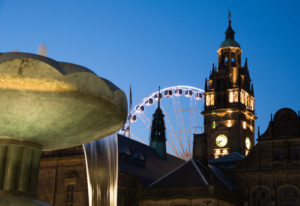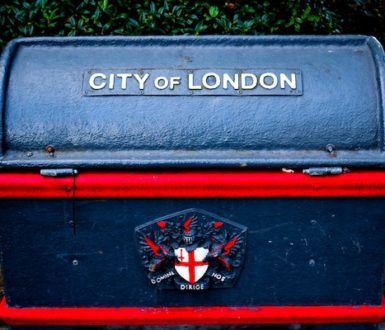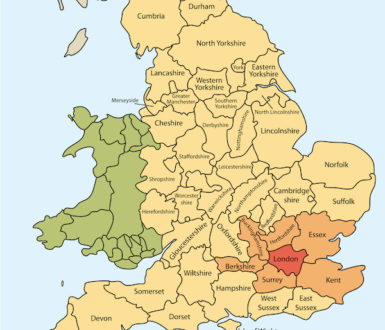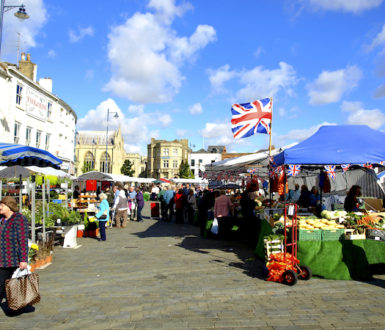The answer is more complicated than you might think

How is a city different from a town? And how many cities are there in the UK? This might seem like an easy question, but it’s actually quite complicated.
Most people use the word ‘city’ when they describe a large town of over 125,000 people. For example, Northampton (population 230,000) and Reading (population 258,000) often called cities, even in government documents. However, they are not a real cities. Meanwhile, St David’s in Pembrokeshire has less than 2,000 people, yet it is a city.
It all comes down to what is meant by the word ‘city’. In the UK, there are 77 ‘official’ cities. This means each one has been given that status by Royal Charter. New cities are chosen in competitions, judged by the sovereign. In 2012, a competition to mark the Queen’s Golden Jubilee had 37 entries, even though city status guarantees no special benefits, money or type of local government – but it is prestigious. The most recent competition was in 2022 to mark the Platinum Jubilee of Queen Elizabeth II.
Winning the competition is only partly to do with size – character and identity are also important. For example, Milton Keynes (population: 171,000) is one of the most recent cities, but so is Stirling (population 48,000) and St Asaph (population: 3,000).
In the past, a city had to have a cathedral with a bishop or archbishop in order to get the Royal Charter. But some of these old ‘cathedral cities’ haven’t grown much since then. This is why St Davids is so small. Another example is Wells in Somerset. It has a magnificent cathedral dating from 1175CE, but only 12,000 people.
[pictured above: Sheffield in South Yorkshire, known as the ‘Steel City’. It was granted city status in 1893.]
Image: Spectrumoflight/Dreamstime



